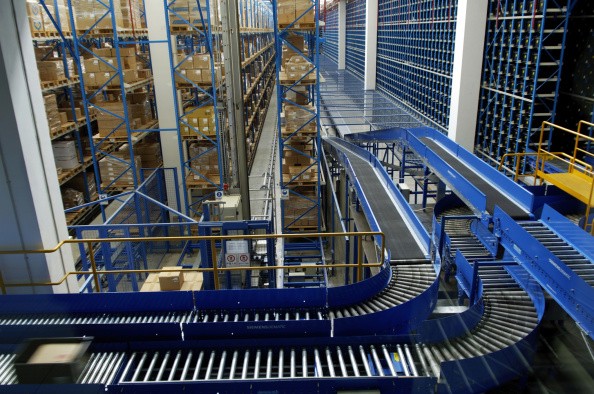The pronouncements of President-elect Donald Trump to bring manufacturing jobs back to the U.S. may have sounded good politically but to make this happen, he may have to look at China to draw some lessons on what China did: by investing in robots and automation.
When it came to manufacturing, China has been having the advantage in the past 70 years. Low cost of labor and specialization of production, supported by policies, have enhanced the country's manufacturing competitiveness, which ironically fits the vision of Adam Smith in his capitalist treatise, "The Wealth of Nations."
But automation is posing a massive threat to manufacturing jobs in China, according to analysts from Sanford C. Bernstein & Co., LLC, as cited by an article on Bloomberg.
"Mandating a physical task be carried out in a high-cost labor market in 2017 is simply going to increase the chances the task is automated. The activity may come 'home,' but there are simply no jobs to steal," Michael Parker, one of the analysts, said.
China increased its investment in robots, spending more than other countries and essentially kept the work despite losing the workers.
"Walk into H&M or any High Street apparel store anywhere in the world and the clothes that you will find there are all made in Bangladesh, Vietnam or Honduras. China is simply not the factory of the world anymore, or not the low value one," Parker said.
According to Parker, China spent 50 percent more on robots in 2015 than North America and about three times more than Japan.
It was not trade but technology that has contributed much to the loss of manufacturing jobs, a report from the Brookings Institution said last month.
"Many are quick to blame trade for a loss of jobs in the manufacturing sector, yet Solís [Foreign Policy Senior Fellow at Brookings] affirms that the predominant force behind losses in manufacturing employment has been technological change (85 percent), not international trade," the report said.
"Automation has transformed the American factory, and the advent of new technologies (like robotics and 3D printing) has rendered many low-skilled jobs unnecessary," it added.
But compared to U.S., China has posted an economic growth of 7 percent per year, making it easier for the country to shift jobs away from manufacturing and into the services sector, the analysts said.
This surprised many who saw China's continued growth despite the loss of manufacturing jobs.
"This was supposed to be the end of the Chinese economic experiment," Parker said. "Without factory jobs for the unskilled migrant workers, the engine within the economy was supposed to falter and growth was supposed to collapse. That hasn't happened."
Parker said this may not apply to the U.S., although a pledge to bring back manufacturing jobs may be a good political statement, but keeping true to that commitment may be difficult.
"Before the emergence of the General Agreement on Trade and Tariffs and the World Trade Organization, countries could effectively protect domestic industry and jobs through trade barriers," Parker said. "Of course, in a world of low-cost and adaptable robots, even the role of the humble trade barrier is up-ended."
"It is still possible to force the relocation of production through the introduction of tariffs and quotas. However, if the point of the exercise is to restore well-paying, middle class jobs in manufacturing in the process, the result is going to disappoint," Parker concluded his analysis.



























